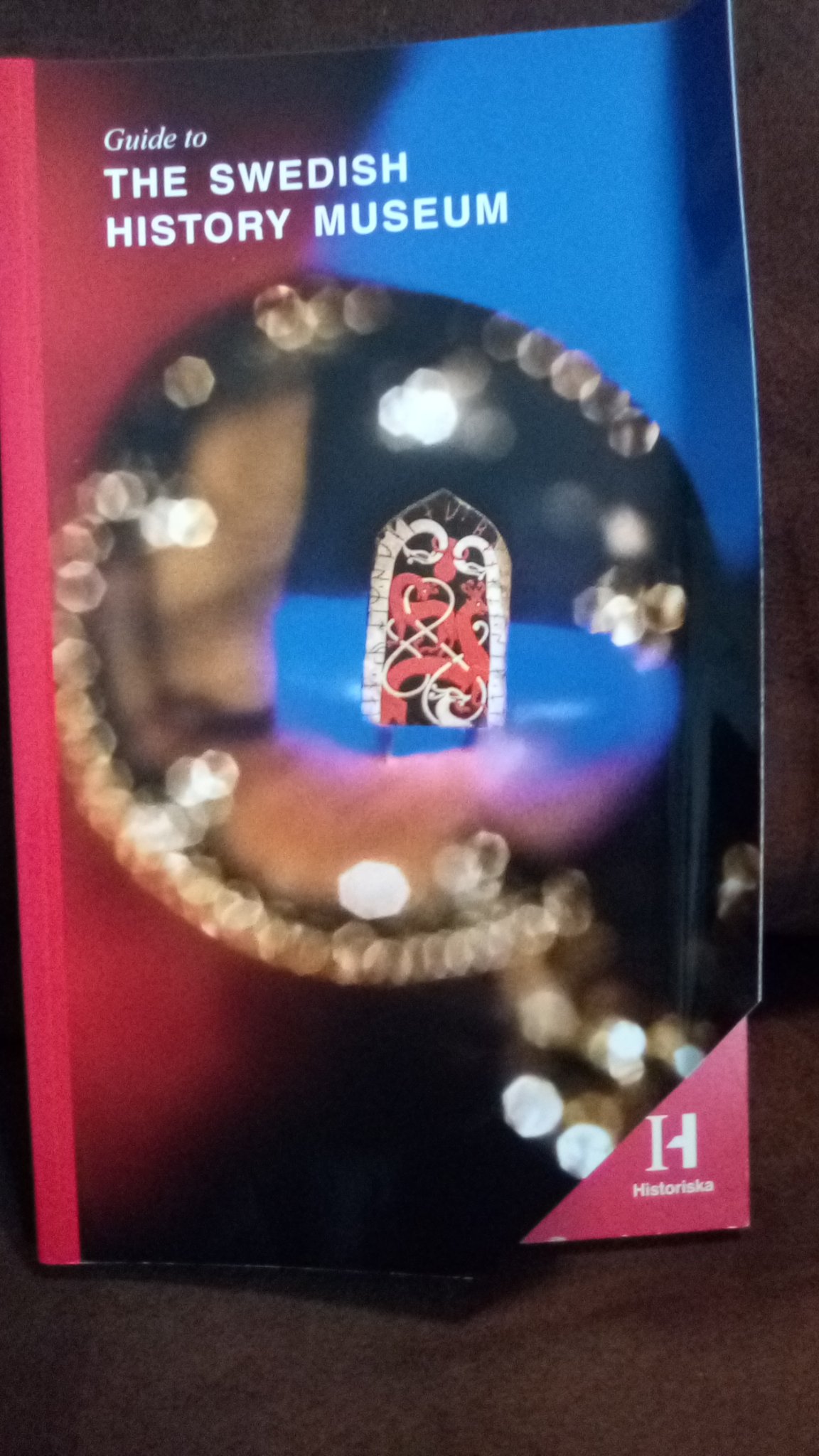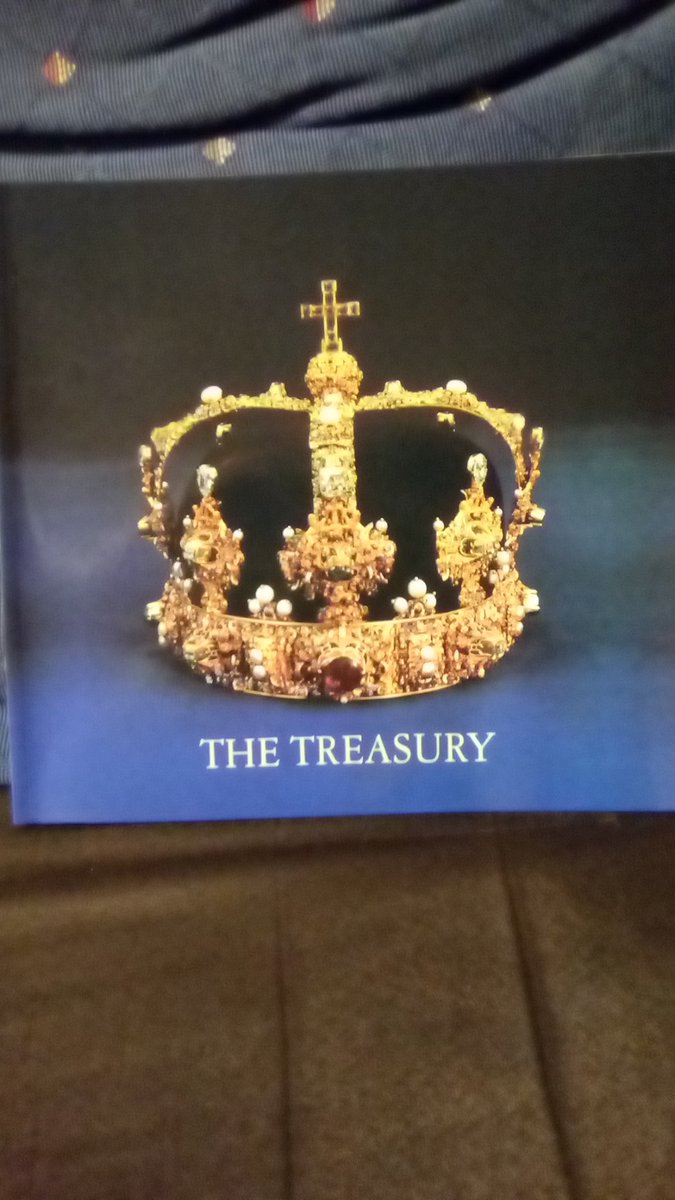My New Year’s Resolution for 2018 is to read a book (or listen to an unabridged audiobook) every day: 365 books by December 31. I will post my reviews here each week and provide regular updates on Twitter and Goodreads. Recommendations are always welcome!
Week 52: The Court of the Last Czar: In the last few days, I have been reading from morning until evening to complete 365 books by the end of year. The theme of the last seven books in my reading challenge is The Court of the last Czar and includes a historical novel, two memoirs, a collection of scholarly articles, a palace museum guide and an art book. My Book a Day 2018 project concluded at 10:45pm ET on December 31 when I finished reading a collection of documents by and about Russia’s last Imperial family. Thank you to everyone who has provided encouragement and book recommendations in 2018. Happy New Year! Here are this week’s reviews:

#359 of 365 The Winter Station by Jody Shields
Genre: Historical Fiction
Dates Listened: December 27-28, 2018
Acquired: Purchased from Audible.com
Format: 10 hours and 15 minutes
Review:
The historical events that inspired The Winter Station are interesting ones. During the Winter of 1910-1911, a mysterious plague devastated the Chinese city of Harbin, then an Imperial Russian railway outpost in Manchuria. Both Russian and Chinese doctors struggled to overcome their cultural differences, biases and difficulties understanding the disease. The audiobook was part of Audible’s Hallowe’en audiobook sale so the novel was intended clearly to be chilling.
Despite the setting, historical context and atmosphere, The Winter Station somehow manages to be an extremely dull book. There is a lot of exposition describing past events and doctors recounting symptoms, death and anxieties over tea and vodka during long meetings and social visits. The information presented in these conversations should have been shown in more dramatic and immediate scenes. The panic and grief that would have been caused by a plague of this magnitude never comes alive in the novel until perhaps the final moments because reactions to the epidemic are usually recounted by other characters rather than shown directly to the reader. A good idea for a historical novel but the power of the story is undercut by the detached writing style.

#360 of 365 Russian Imperial Style by Laura Cerwinske
Date Read: December 30, 2018
Genre: Art History
Acquired: Purchased from BMV Books, Toronto
Format: Hardcover, 223 pages
Review:
An attractive coffee table book that provides an overview of the material culture of the Imperial Russian court including fashions, furniture, paintings and objets d’art. There is some background information concerning how Imperial Russian pieces came to be collectors’ items in the USA. The photographs are beautiful and include close images of some of the more obscure Faberge eggs, such as the 1903 Peter the Great egg, which show the details of these pieces. Unfortunately, the overview of Russian history that accompanies these images is a bit simplistic and a few of the captions are inaccurate or inadequate. A gorgeous book that would have been improved by a more detailed and nuanced text to accompany the images.

#361 of 365 The Emperor Nicholas II as I Knew Him by John Hanbury Williams
Genre: History/Memoir
Date Read: December 30, 2018
Acquired: Read online at Archives.org
Format: E-Books, 304 pages
Review:
The diary of Major-General Sir John Hanbury-Williams, head of the British Military Mission to Russian Military Headquarters in Mogliev (now in Belarus) during the First World War, along with his character sketches of Czar Nicholas and Empress Alexandra, their son Alexei, the Grand Duke Nicholas and General Alexeev. In his capacity as British military representative, Hanbury-Williams spent a great deal of time with Czar Nicholas II, and became a close personal friend of the monarch.
The diary focuses on military matters, especially the supply issues that undermined the Russian war effort but Nicholas also spoke to Hanbury-Williams about his family. Hanbury-Williams recorded, “He is evidently very devoted to [his children] and said that sometimes he forgot he was their father, as he enjoyed everything so much with them that he felt more like an elder brother to them.” As Empress Alexandra was a granddaughter of Queen Victoria and therefore a fluent English speaker, she also became comfortable speaking with Hanbury-Williams about her children’s education and her war work.
Before undertaking the Russian mission, Hanbury-Williams had been military secretary to the Governor General of Canada and frequently made comparisons between the Russian and Canadian climates in his diary. For example, Hanbury-Williams wrote “Emperor Nicholas asked me how I stood the cold of the Russian winter, but I told him I had been in some below zero weather in Canadian winters and liked it.” Hanbury-Williams also drew parallels between Canada and Russia in terms of the difficulties transporting goods over long distances and encouraged Nicholas to study the Canadian example to address his own transport difficulties.
The Emperor Nicholas II as I Knew Him provides an interesting perspective on Russia during the First World War and Czar Nicholas II in his capacity as Commander in Chief of the Russian Army. Hanbury-Williams is understandably critical of the Russian Revolution because of its impact on Russia’s participation in the war and the diary ends in April 1917.

#362 of 365 Peterhof by Yelena Kalnitskaya
Date Read: December 30, 2018
Genre: History/Museum Guide
Format: Paperback, 127 pages
Acquired: Purchased from the Peterhof Palace Museum gift shop near Saint Petersburg
Review:
An attractive room by room and fountain by fountain guide to the Great Palace at Peterhof outside Saint Petersburg and the Peterhof gardens with information about the surrounding smaller palaces and museums as well. The photographs are gorgeous, especially the aerial perspectives on the palace gardens that show the intricate layout of the various fountains and landscapes. The text and photo captions are informative and include interesting facts about the development of Peterhof under successive Russian rulers. For example, the southernmost fountain in the Upper Garden is still called The Indeterminate Fountain “most likely a result of repeated changes of decoration.” A great souvenir of the Peterhof palace and gardens.

#363 of 365 A Countess in Limbo: Diaries in War & Revolution; Russia 1914-1920, France 1939-1947 by Olga Hendrikoff, edited by Suzanne Carscellen
Date Read: December 31, 2018
Genre: History/Memoir
Acquired: Purchased from Amazon.com
Format: Paperback, 458 pages
Review:
A fascinating series of diaries about the experiences of the Imperial Russian aristocracy during the First World War and Russian Revolution then in exile during the Second World War occupation of Paris. Hendrikoff writes with a great deal of detail and insight, bringing her social circle and times to life. I expected more of the book to be about the Russian Revolution, which is done after just over 50 pages of the 450 page text but Hendrikoff’s account of the Second World War and its aftermath is thoroughly engrossing and I found the book difficult to put down. There are glimpses of exiled members of the extended Russian Imperial family in the text including Czar Nicholas II’s cousin, Grand Duke Boris, who entertained exiled Russian aristocrats with the remnants of his fortune, and Grand Duke Gabriel who retained an excellent memory. The diaries were compiled and edited by Hendrikoff’s grandniece Suzanne Carscallen who provides help annotations.

#364 of 365 Transnational Histories of the ‘Royal Nation’ edited by
Milinda Banerjee, Charlotte Backerra and Cathleen Sarti
Date Read: December 31, 2018
Genre: History
Acquired: Borrowed from Robarts Library, University of Toronto
Format: E-Book, 372 pages
Review:
A collection of 15 scholarly articles concerning how monarchs and their governments responded to the challenges of nationalism and the modern state. The chapters also include studies of how non-monarchical governments have addressed the existence of monarchy in their immediate or more distant pasts. In contrast to many other collections of scholarly articles about monarchy, Transnational Histories of the ‘Royal Nation’ does not focus primarily on Europe but also includes research and analysis concerning monarchical government in Japan, Siam, Morocco, Nepal, Brazil, China and central Asia. Highlights include a study of how late 19th and early 20th century rulers in Siam and Japan incorporated Western style fashions into their public image; the patronage and promotion of Modern Art by Grand Duke Ernst of Hesse-Darmstadt (brother of the Czarina Alexandra of Russia); and analysis of how past Queens consort were remembered amidst more restrictive roles for women in 19th century France.
There are two chapters that address the reign and legacy of Czar Nicholas II. First, an analysis of portrayals of the Czar in central Asia draws interesting comparisons with British royal imagery in India. Ulrick Hofmeister notes that”The British Empire served as a permanent point of reference for the Russian administration in Turkestan. Tsarist ideologists and officials closely followed the practices of the British in India and frequently tried to draw lessons from them.”
Second, Eva Marlene Hausteiner observes how Russian President Vladimir Putin incorporates Czarist elements into his public image, concluding that “These symbolic practices—the official and unofficial depiction of Putin as the nation’s preeminent heroic figure with a benevolent but strong position towards the population and an intimate relationship with the Russian Orthodox Church—are arguably reminiscent, on a surface level, of royal and specifically Tsarist symbolism and ritual.”
Transnational Histories of the ‘Royal Nation’ provides a broad range of perspectives on monarchy and the modern nation around the world showing how monarchies are dynamic institutions that responded to the challenges of statecraft from the early 19th century to the present day.

#365 of 365 In The Steps of the Romanovs: Final two years of the last Russian imperial family (1916-1918) (In their own words) by Helen Azar
Date Read: December 31, 2018
Genre: History
Acquired: Purchased from Amazon.com
Format: Paperback, 690 pages
Review:
A fascinating collection of diaries, letters, memoirs and photographs by and about Russia’s last Imperial family from January 1916 until their murder in July 1918 compiled to complement the author’s Romanov themed tours of Russia. The material gives an excellent sense of the distinct personalities within the Imperial family and their range of interests and friends in the last years of their lives. Some of the documents will be familiar to readers of the author’s previous edited collections of Romanov documents concerning Czar Nicholas II’s daughters as well as The Last Diary of Tsaritsa Alexandra (with an introduction by Robert K. Massie), The Fall of the Romanovs by Mark Steinberg and Vladimir Khrustalev and A Lifelong Passion by Andrei Maylunas and Sergei Mironenko.
In The Steps of the Romanovs , however, also contains a wide range of previously unpublished material available in English translation for the first time. There is extensive material from Czar Nicholas II’s 1917-1918 diary that gives a real sense of just how ill his children were around the time of his abdication, especially Maria and Anastasia, circumstances that precluded a prompt departure from Russia after the March Revolution even if other conditions had been favourable to an escape. Grand Duchess Tatiana’s letters to her Aunt Xenia in the Crimea provide vivid descriptions of life under house arrest in the Governor’s House in Tobolsk. The book also includes the long letter that the Imperial family’s doctor Eugene Botkin is believed to have been writing the same night that the Imperial family, Botkin and three servants were murdered. The illustrations are excellent and include some rare photographs and artwork. An essential read for anyone interested in Russia’s last Imperial family.








 #268 of 365
#268 of 365  #269 of 365
#269 of 365  #270 of 365 Christiansborg Palace Guide Book by Amalie Vorting Kristensen
#270 of 365 Christiansborg Palace Guide Book by Amalie Vorting Kristensen
 #272 of 365 The Treasury: The Regalia and Treasures of the Realm by Ulla Landergren
#272 of 365 The Treasury: The Regalia and Treasures of the Realm by Ulla Landergren






 #266 of 365
#266 of 365